Meetings are an inevitable part of the work day, but as workplaces became more distributed over the past 18 months, Vowel CEO Andy Berman says we are steadily moving toward “death by meeting.”
His virtual meeting platform is the latest to receive venture capital funding — $13.5 million — with the goal of making meetings more useful before, during and after.
Vowel is launching a meeting operating system with tools like real-time transcription; integrated agendas, notes and action items; meeting analytics; and searchable, on-demand recordings of meetings. The company has a freemium business model and will also be rolling out a business plan this fall for $16 per user per month. Extra features will include advanced integrations, security and admin controls.
The Series A was led by David Hornik of Lobby Capital, who was joined by existing investors Amity Ventures and Box Group and a group of individual investors, including Calendly CEO Tope Awotona, Intercom co-founder Des Traynor, Slack VP Ethan Eismann, former Yammer executive Viviana Faga, former InVision president David Fraga and Okta co-founder Frederic Kerrest.
Prior to starting Vowel, Berman was one of the founders of baby monitor company Nanit. The company had teams spread out around the world, and communication was tough as a result. In 2018, the company went looking for a tool that would work for synchronous and asynchronous meetings, but there were still a lot of time zones to manage, he said.
Taking a cue from Nanit’s own baby monitors that were streaming video over 17 hours a day, the idea for Vowel was born, and the company began to focus on the hypothesis that distributed work would be prevalent.
“People initially thought we were crazy, but then the pandemic hit, and everyone was learning how to work remotely,” Berman told TechCrunch. “As we now go back to hybrid work, we see this as an opportunity.”
In 2017, Harvard Business Review reported that executives spent 23 hours in meetings each week. Berman now estimates that the average worker spends half of their time each week in meetings.
Vowel is out to bring Slack, Figma and GitHub components to meetings by recording audio and video that can be paused at any time. Users can add notes and see where those notes fall within a real-time transcription that enables people who arrive late or could not make the meeting to catch up easily. After meetings are over, they can be shared, and Vowel has a search function so that users can go back and see where a particular person or topic was discussed.
The new funding will enable the company to grow its team in product, design and engineering. Vowel plans to hire up to 30 new people over the next year. The company recently closed its beta test and has amassed a 10,000-person waitlist. The public launch will happen in the fall, Berman said.
Workplace productivity and office communication tools are not new concepts, but as Berman explained, became increasingly important when homes became offices over the past 18 months.
Competitors took different approaches to solving these problems: focusing on video conferencing or audio or meeting management with plugins. Berman says an area where many have not succeeded yet is integrating meetings into the typical workflow. That’s where Vowel comes in with its “meeting OS,” he added.
“Our goal is to make meetings more inclusive and worthwhile, which includes the prep, the meeting and the follow-up,” Berman said. “We see the future will be about knowledge management, so the difference between what we are doing is ensuring you can catch up quickly and keep that knowledge base. A Garner report said that 75% of workplace meetings will be recorded by 2025, and that is a trend we are reinventing from the ground up.”
David Hornik, founding partner at Lobby Capital, said he became acquainted with Vowel from its existing investor Amity Ventures. Hornik, who sits on the GitLab board, said GitLab was one of the largest distributed companies in the tech space, prior to the pandemic, and saw first-hand the challenge of making distributed teams functionable.
When Hornik heard about Vowel, he said he “jumped quickly” on the opportunity. His firm typically invests in platform businesses that have the capacity to transform business spaces. Many are pure software, like Splunk or GitLab, while others are akin to Bill.com, which transformed how small businesses manage financial operations, he added.
All of those combine into a company, like Vowel, especially given the company’s vision for a meeting OS to transform a meeting space that hadn’t moved forward in decades, he said.
“This was quickly obvious to me because my day is meetings — an eight-Zoom day is a normal day — I just wish I could remember everything,” Hornik said. “Speaking with early customers using the product, when I asked them what they would do if this ever went away, the first thing they said was ‘cry,’ and, because there was no alternative, would return to Zoom or other tools, but it would be a big setback.”

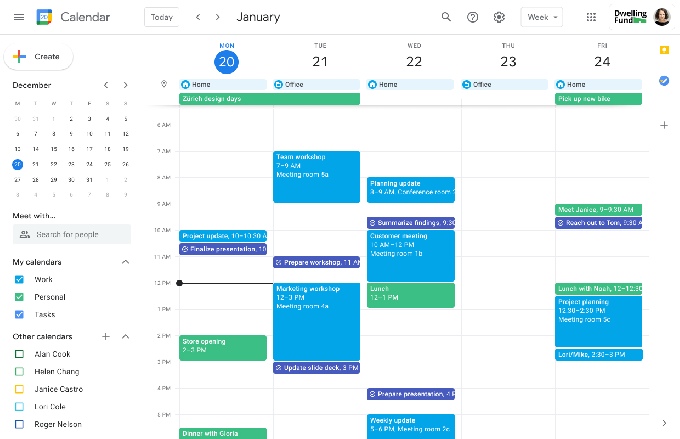
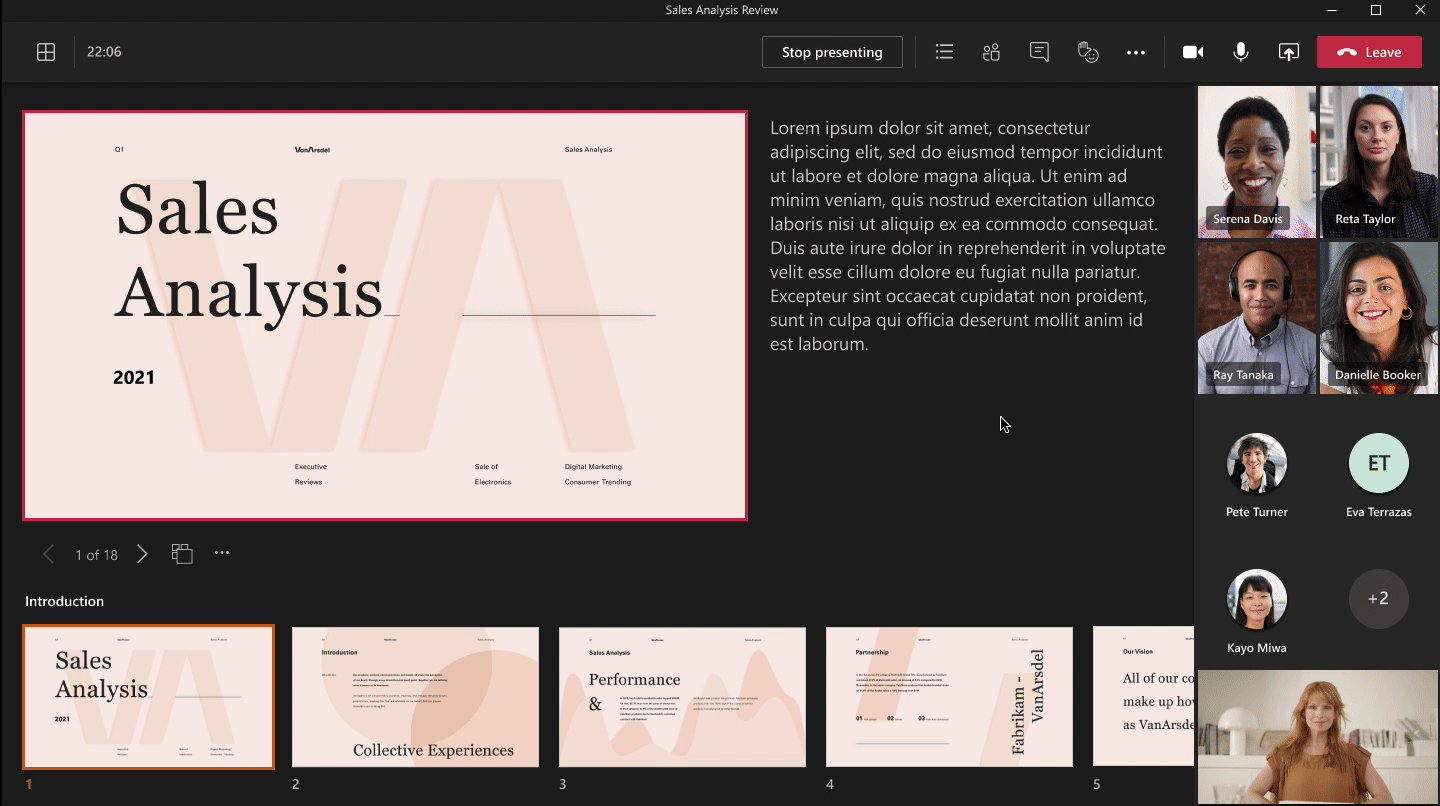


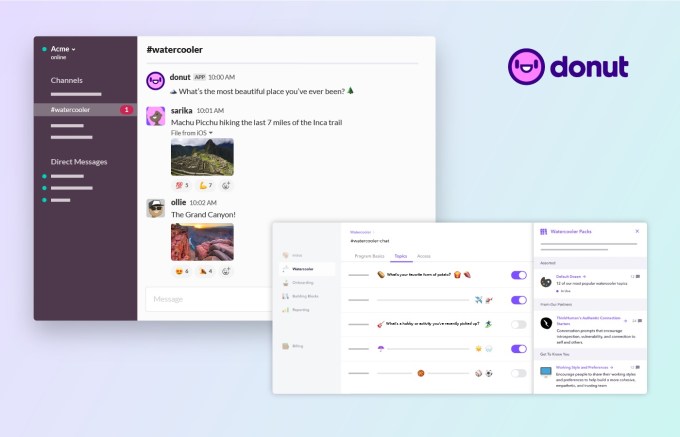
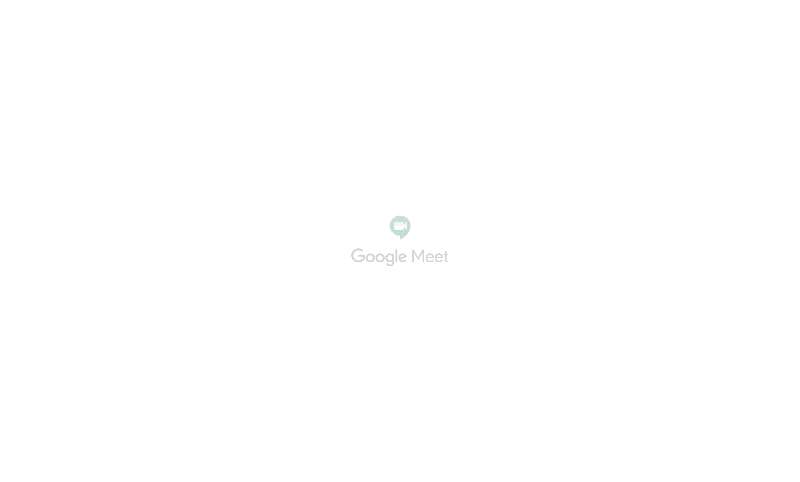
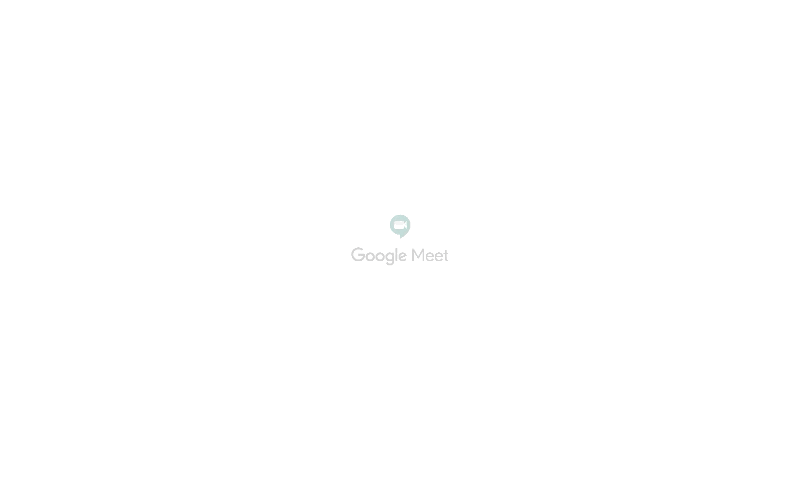

 UK teleconference company StarLeaf, which sells cloud-based video and conferencing services to businesses, has taken on its first external capital almost ten years after being founded, back in 2008. The $40 million round is co-led by Highland Europe and Grafton Capital.
UK teleconference company StarLeaf, which sells cloud-based video and conferencing services to businesses, has taken on its first external capital almost ten years after being founded, back in 2008. The $40 million round is co-led by Highland Europe and Grafton Capital.